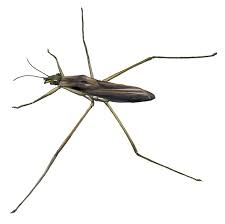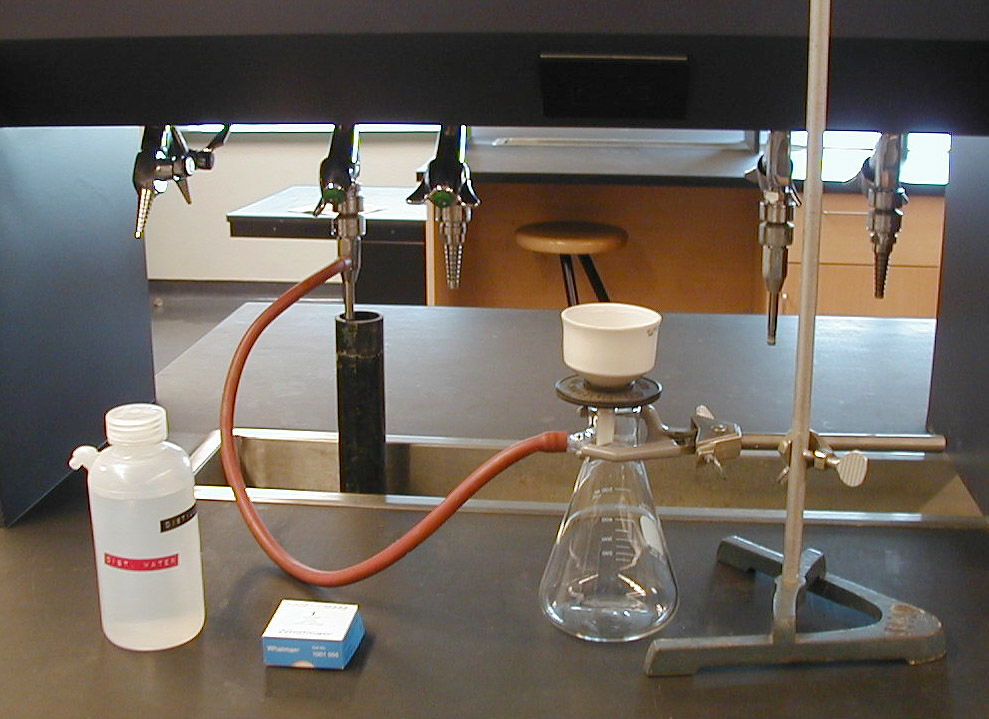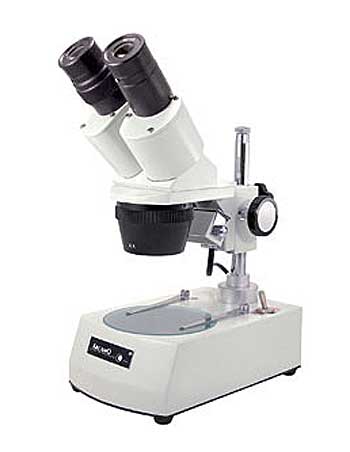There are plenty of animals in a river. Here you’ll discover the main types:
MAMMALS: Rivers support a small variety of mammals. For example, a beaver.

FISHES: There are 32 native species of fish in Catalan rivers. Most of them are considered threatened by introduced species (at least there are 25 introduced species in Catalan rivers). In a watershed, the fish distribution depends on the water characteristics. Fishes are classified according their migratory behavior. Click here and you’ll discover!

FROGS: Many frogs spend some phases of their life cycle in rivers. As adults, they live in the riparian zones to avoid drying out. However, they return to the water in order to lay eggs.

WATER BIRDS: River support a wide variety of water birds. Some of them live in the river and riparian areas, while some others use the river as a line to follow in its way to Africa during migration. Click here and you will see and hear some of the most common water birds found in Catalan rivers.

INVERTEBRATES: Invertebrates include insects, yabbies and other microscopic animals. The total number of invertebrate species in rivers remains unknown but would far exceed the diversity of the vertebrate fauna. They are considered good indicator organisms.


















